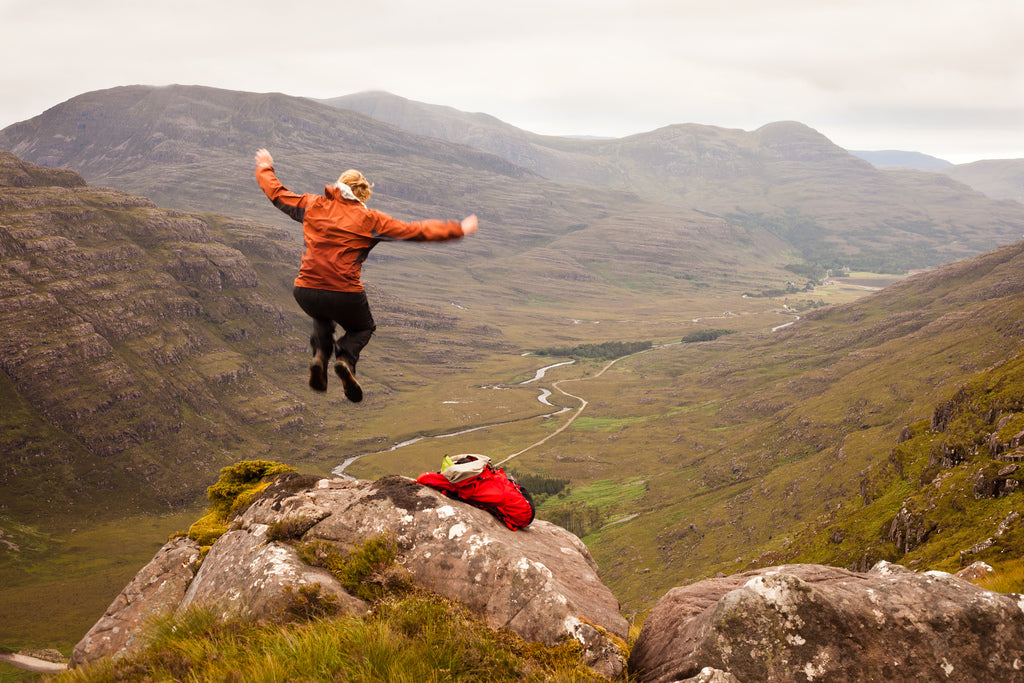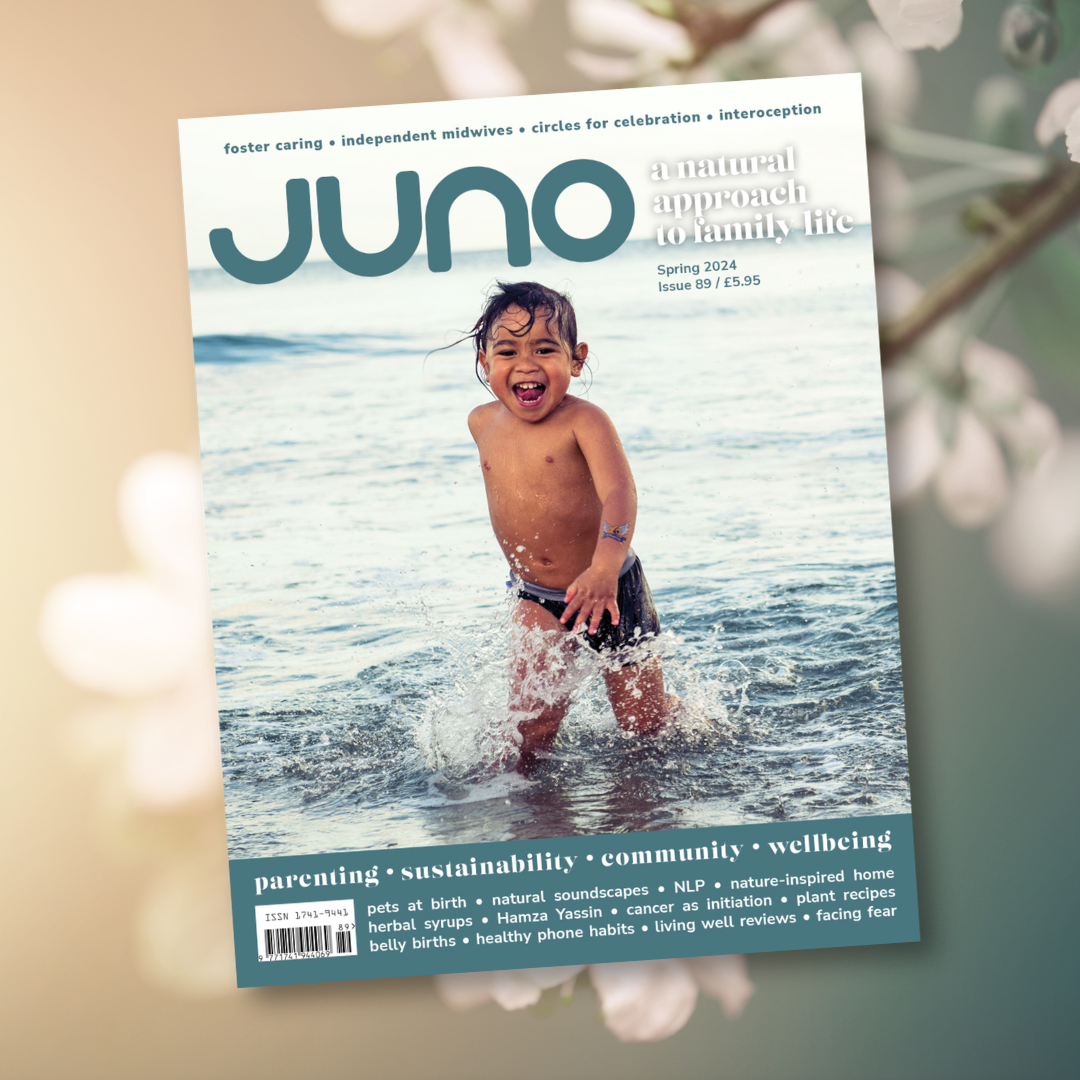I remember the olden days. I suspect that many of you will, as well. The primitive times when there were only a couple of hours of children’s telly per day, with a bonus of cartoons and sugar-laden cereal on Saturday mornings. After that there was not much to do but mooch about a bit until you got under Mum’s feet and she booted you outside. And then you were off, roaming, exploring, or just hanging about. Wandering down the road to ask if your friend could come out to play, then climbing trees and riding bikes until teatime hunger drove you back inside in search of food.
I look back nostalgically on those days. They certainly contributed strongly to me developing a love of the outdoors and adventure. This led, after training as a teacher, to me jumping on my bike and attempting to cycle round the world. It was a wonderful experience, for all the reasons why people have always been drawn to travel and explore. I cycled to South Africa, sailed the Atlantic, pedalled from Patagonia to Alaska, shivered across a wintry Siberia, and then rode homewards across Asia and Europe. This four-year journey gave me a taste for adventure and I went on to spend the next dozen years chasing adventures large and small at home and abroad and turning my passion into my job by writing books about travel and adventure.
Fast-forward to today, and we are all familiar with the very different face of modern childhood. Busy roads and nervous parents have changed things. But without doubt the biggest transformation has been the digital one: 24-hour telly and the phenomenon of smartphones and tablets. What impact will this have on the adventurous spirit of the next generation of curious travellers and explorers?
I don’t intend to launch into the epic arguments for and against technology, but I do believe that it is important for all of us (not just children) to spend more time in nature, and to try to live more adventurously. I hear a lot of parents eulogising about how much they used to enjoy climbing trees, messing about in rivers, building rafts or sleeping in the garden. One of the most striking realisations I have had in the years I have spent exploring the UK and encouraging more people to take on ‘microadventures’ of their own is this: I STILL enjoy climbing trees, messing about in rivers, building rafts or sleeping in the garden at least as much as I used to when I was young. In fact I probably enjoy it more, because my adult life is often bogged down with the boring realities of chores and duties and work. Escaping from this to leap into some cool clear water is undoubtedly good for the soul!
I believe this is the key to encouraging young people to spend more time being active and inquisitive in the outdoors rather than slumped over a screen in the gloom of their smelly bedrooms: if WE as adults live more adventurously ourselves, then our children are likely to follow.
When considering adventurous outdoor activities to try as a family, it is easy to make the mistake of thinking too much about the limitations of the children. In my experience, the limitations are usually with the adults. Something happens to us when we become grownups: we become so boring and joyless and pessimistic! Children on the other hand love nothing more than launching into activities that are filled with excitement, surprise, mud and laughter. So I would urge you to remember the things that you enjoyed as a child, and try them once again with fresh and open eyes: climb a tree, swim in a river, camp in the garden, watch the sunset, and feel the stress of those unanswered emails slip away. Shove some bribery snacks in a bag, wrap up warm, don’t think too much, and get outside to play.
Here are some suggestions for ideas to attempt as a family this autumn. Don’t make the mistake of pitching the outdoors versus screen time. There’ll be no contest and only one winner. Far wiser is to make the outdoors a cool thing in itself. A good way to lead your youth, pale and blinking, from the depths of indoors out into the big wide world, is by using an app or a website to help them engage with the environment.
Geocaching is a brilliant invention. It is a worldwide treasure hunt using your smartphone. Wherever you live, there will be a geocache close by: a small, hidden plastic box containing trinkets and a little notebook to sign. There are various free apps to choose from, and you’ll soon see the children charging off ahead of you, up the hill or into the woods, in search of treasure.
Pokémon Go. If your children are going to be gripped by computer games, it might as well involve a bit of exercise and being outside!
Stargazing. We have all enjoyed that experience of stepping outside somewhere free of light pollution on a clear night and being stopped in our tracks by the magnificent spread of stars overhead. Star Walk is an app that makes the spectacle more tangible and understandable, telling you the names and constellations you are looking at.
Leafsnap often proves to be a surprising hit. Challenge your children to run off and track down five different leaves. Then use the Leafsnap app to identify what they have found. It is always the case that the more things you can name, the more you enjoy and appreciate being out in nature. On that same principle, try the Warblr (for birdsong), Coton (for clouds) and Big Butterfly Count apps, too.
The National Trust has put together an excellent tick-list of ideas and activities to try in the outdoors, ‘50 things to do before you’re 11¾’. From climbing trees to jumping over waves, the challenge of trying to bag the whole list will appeal regardless of the age.
Pebble art has become a fun little trend in the past year. Have a look online to see if there’s a Facebook Group for it in your area. If there isn’t one, be the trendsetter and get it started. Gather some smooth pebbles and decorate one side with paint. On the reverse of each make a note with a permanent marker saying, “If found, please post a picture on the [name of area] Pebble Art Facebook Group,” and then head out into your local park or woods to strategically hide your pebble art for others to find.
The Wild Network is on a mission to rewild childhood. Its excellent website is jam-packed with ideas to help you get reluctant children engaged.
Foraging. Autumn is a fabulous time of the year for foraging. It’s easier than you might realise to broaden your repertoire beyond picking blackberries, and children definitely get a thrill from eating foods they have picked and prepared themselves. Tiffany Francis’s book Food You Can Forage is an excellent starting point.
____
Alastair Humphreys is a father of two, British adventurer and author. He has been on expeditions all around the world, travelling through over 80 countries by bicycle, by boat and on foot.
____
First published in issue 57 of JUNO. Accurate at the time this issue went to print.



